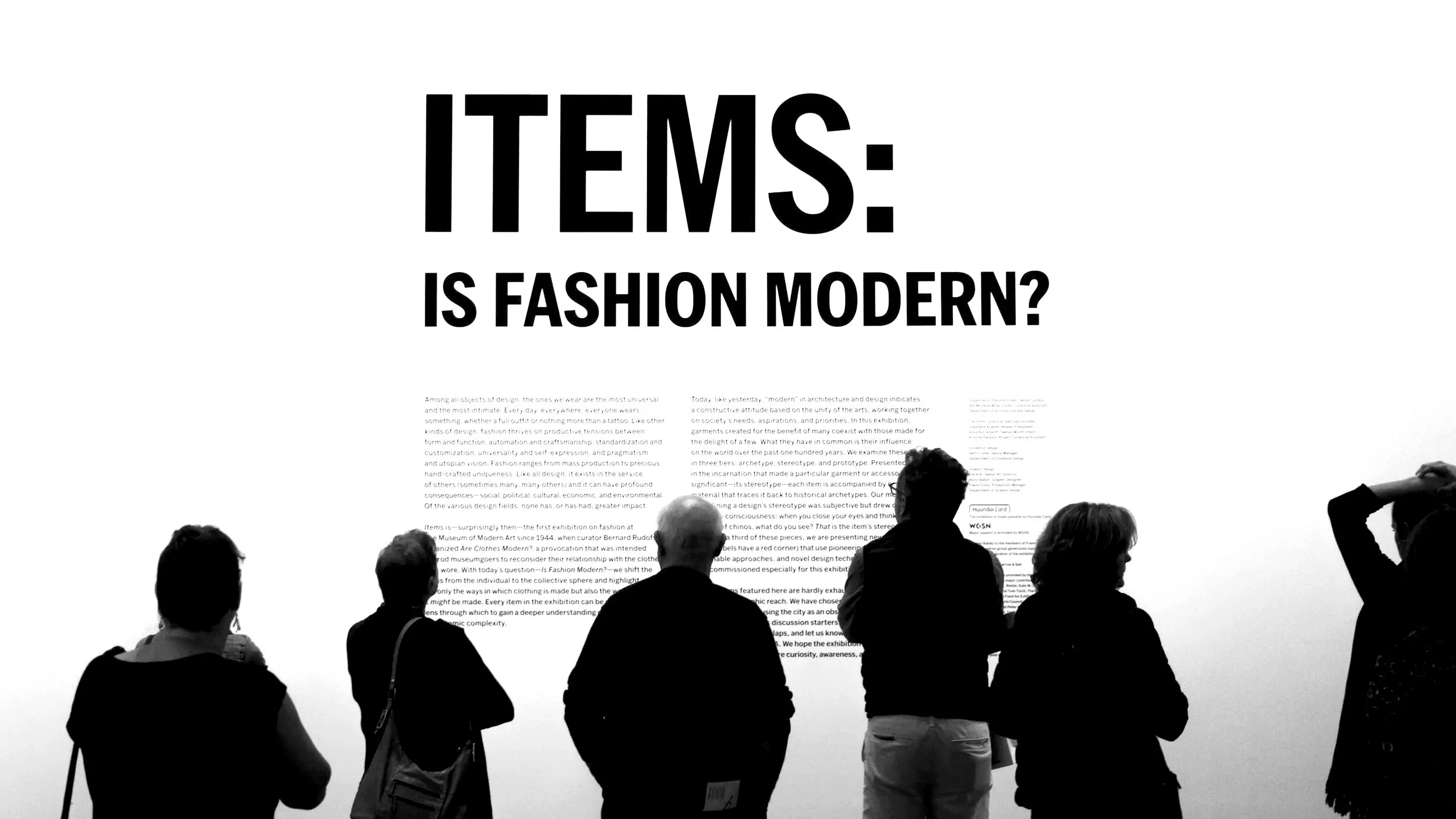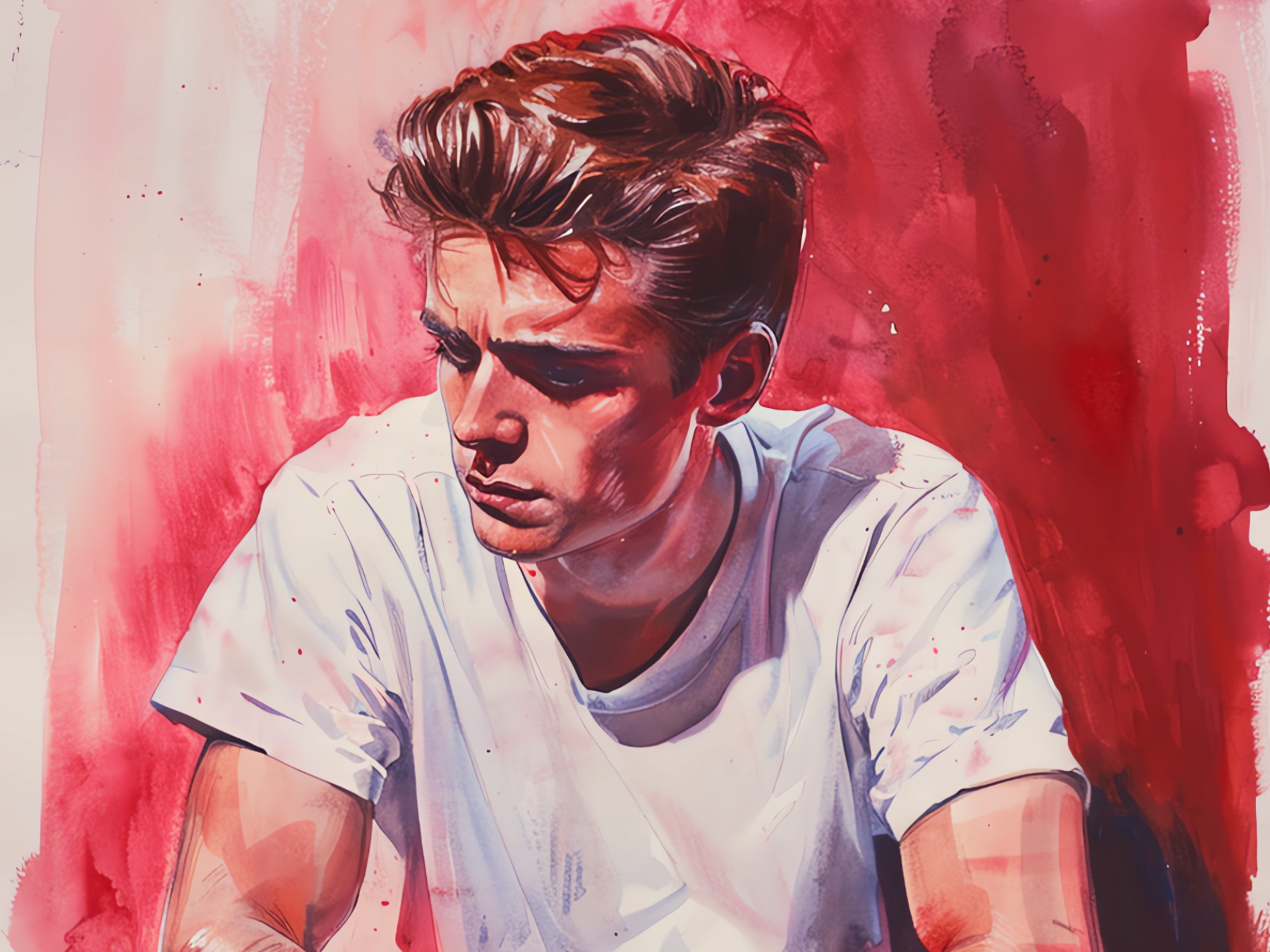Denim Culture Today: The Roots of Denim Culture
Denim is more than just a fabric - it’s a cultural force that has shaped, and been shaped by, generations of youth, rebellion, and creativity. What began as utilitarian workwear for miners, cowboys, and laborers has transformed into a global symbol of identity and expression. Jeans are not simply stitched from cotton; they’re woven with the stories of entire eras.
To understand denim culture today, we must first go back and trace its roots - through the decades, the movements, and the people who transformed denim from a tool of survival into an emblem of freedom, fashion, and individuality.
1950s
The cultural significance of denim truly ignited in the 1950s, when blue jeans leapt from factories and fields into the hearts of postwar youth. Hollywood played a pivotal role. Films like Rebel Without a Cause (1955) with James Dean and The Wild One (1953) with Marlon Brando made jeans synonymous with youthful rebellion. Suddenly, denim was no longer just practical clothing - it was a statement.
For many young people, wearing jeans was a quiet act of defiance against conservative dress codes that dominated schools and public spaces. To their parents, jeans represented delinquency; to teenagers, they represented freedom. Denim’s new role as the “uniform of rebellion” planted the seed for its enduring bond with youth culture.
1960s and 70s
By the 1960s and 70s, denim had become the unofficial fabric of counterculture. The hippie movement embraced jeans as a symbol of equality and anti-establishment values. Unlike the pressed suits of authority figures, jeans were humble, accessible, and unpretentious.
Customization became central - bell-bottom jeans adorned with embroidery, patches, beads, or hand-painted messages were everywhere. Each garment became a personal canvas, reflecting individuality and resistance to mainstream fashion. At anti-war protests, music festivals like Woodstock, and campuses across America, denim was as much a part of the statement as the slogans and songs.
Simultaneously, the civil rights movement and feminist activists wore denim as a unifying garment, proof that fashion could be political. The 70s also marked the beginning of designer denim, with brands like Calvin Klein taking jeans from the streets to the runway, paving the way for denim’s crossover into high fashion.
1980s
The 1980s marked the era when denim exploded into mainstream fashion. Stone-washing and pre-distressed jeans entered the market, offering consumers that lived-in look without the years of wear. Designers like Gloria Vanderbilt and Calvin Klein popularized tight-fitting, fashion-forward jeans that blended sex appeal with everyday wear.
The decade also saw denim dominate pop culture - from Bruce Springsteen’s Born in the U.S.A. album cover to Brooke Shields’ legendary Calvin Klein campaign (“Nothing comes between me and my Calvins”). Jeans were no longer just youth rebellion - they were sexy, aspirational, and everywhere.
But beneath the glitz, denim still carried its cultural roots. Punk rockers ripped and shredded their jeans, giving the fabric a raw, anarchic edge. Denim’s versatility allowed it to embody both the commercial mainstream and underground rebellion at the same time.
1990s
If the 1950s gave denim its rebellious image and the 70s connected it to counterculture, the 1990s proved denim could reinvent itself once again - becoming a canvas for radically different youth movements.
Anti-Fashion Aesthetic
In the early 90s, the grunge movement emerged from Seattle with bands like Nirvana, Pearl Jam, and Soundgarden leading the charge. Their sound was raw, their attitude indifferent, and their style unapologetically unpolished. Jeans were ripped, thrifted, oversized, and paired with flannels or worn-out Converse sneakers.
Kurt Cobain’s destroyed denim became an emblem of grunge - a rejection of consumerism and glossy fashion. These jeans weren’t carefully distressed by designers; they were genuinely worn, torn, and destroyed by life. Denim once again became a protest, this time against the excess of the 1980s.
Hip-Hop and Baggy Jeans
On the other side of the cultural spectrum, hip-hop was rewriting denim’s narrative. In New York, Los Angeles, and beyond, baggy jeans became the uniform of the streets. Oversized denim reflected not only style but also attitude - loose, bold, and unapologetically anti-establishment.
Brands like Karl Kani, Cross Colours, and later Tommy Hilfiger capitalized on this movement, designing denim that resonated with the growing hip-hop audience. Jeans became a marker of identity in rap culture - worn low, wide-legged, often with oversized tops and sneakers. Hip-hop transformed denim into a statement of pride, community, and cultural belonging.
Beyond grunge and hip-hop, the 90s mainstream also embraced denim like never before. From sitcoms (Friends, Beverly Hills, 90210) to red carpets (Britney Spears and Justin Timberlake’s all-denim look in 2001, born of 90s aesthetics), denim was everywhere. It was casual, cool, and omnipresent - a language that everyone could speak, no matter their background.
Why Roots Matter
The roots of denim culture - from 1950s rebellion, through 60s counterculture, to 90s subcultures - reveal denim’s most enduring quality: adaptability. Jeans are never just jeans. They morph into whatever the culture of the moment needs them to be: rebellious, political, aspirational, or artistic.
Even today, when you see oversized denim trending again on TikTok, or distressed jeans on runways, you’re witnessing echoes of the 90s. When sustainability movements champion raw and selvedge denim, they’re echoing the 60s and 70s ethos of authenticity and durability. And every time a teenager puts on their first pair of jeans, they’re stepping into a garment with decades of cultural rebellion stitched into the seams.
The roots of denim culture run deep, intertwining history, rebellion, music, and fashion. From miners’ uniforms to counterculture symbols, from punk stages to hip-hop streets, denim has reflected and shaped the values of youth for over a century.
Its power lies in its ability to adapt - to be both mainstream and underground, polished and raw, political and playful. As we look at denim culture today, these roots remind us that every pair of jeans carries more than fabric: it carries the spirit of generations who used denim to tell their stories.
Stay tuned for the next chapter in our Denim Culture Today series, where we’ll explore denim’s role in music, Hollywood, and art - and how this iconic fabric continues to inspire and define culture across the globe.



